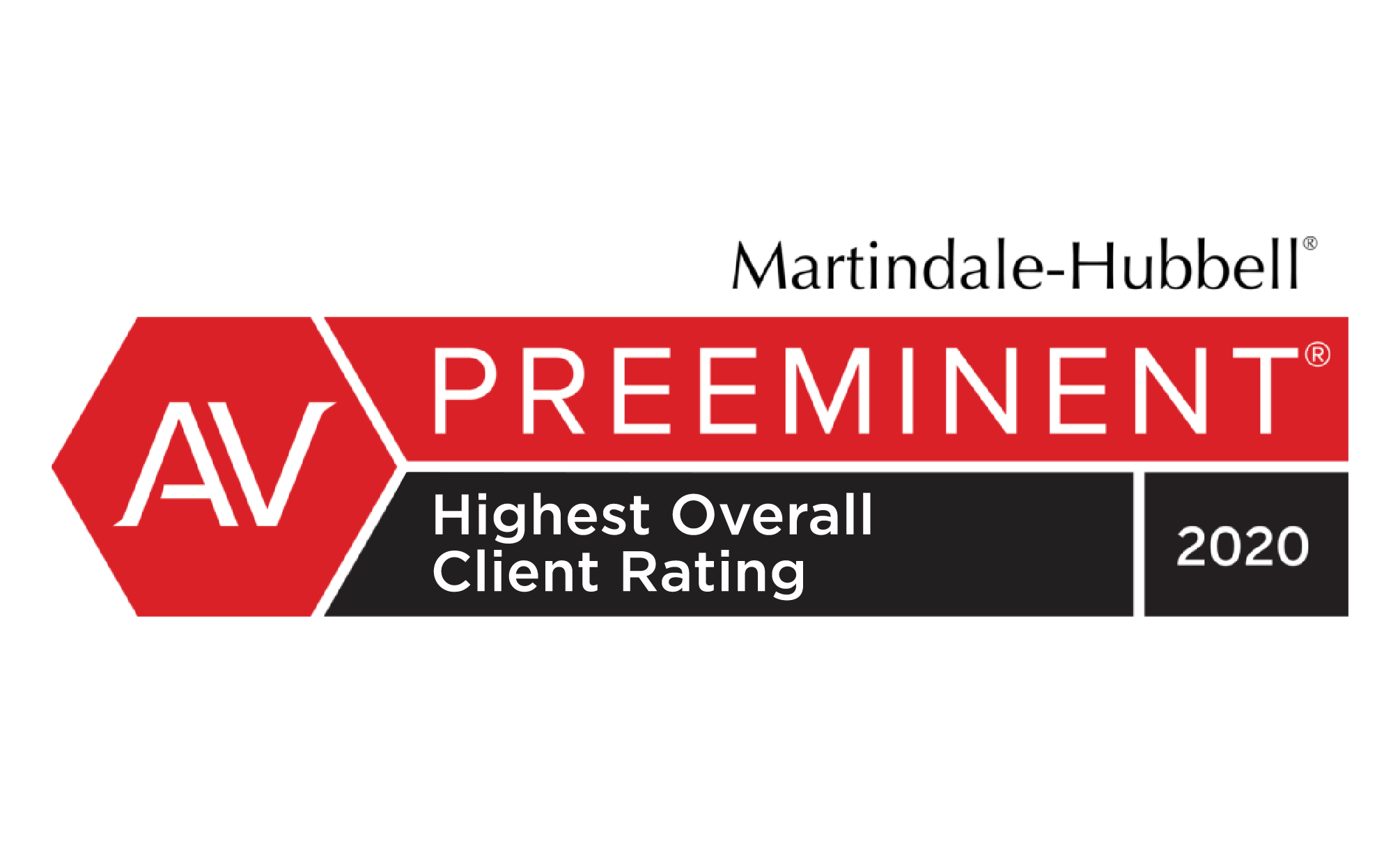
Executive Summary
A recent ruling by the Federal Court of Appeal in Gestion M.-A. Roy Inc. v Canada, 2024 CAF 16, underscores a growing risk in corporate tax planning: life insurance premiums paid by one entity for a policy held by another can create unintended taxable benefits—even when structured for legitimate business purposes.
The decision reaffirms the Canada Revenue Agency’s (CRA) broad interpretation of benefit conferral, highlighting that taxable benefits arise based on payment structure, not intent. This signals heightened scrutiny for corporate-owned life insurance arrangements and the increasing application of subsection 246(1) of the Income Tax Act beyond direct shareholder relationships.
Key Takeaways: What Taxpayers Need to Know
- Premium payments create a taxable benefit when the payer is not the policyholder.
- The courts reaffirmed that an operating company (Opco) paying premiums for life insurance policies held by two holding companies (Holdcos) resulted in taxable benefits – even though Opco was the revocable beneficiary.
- Intent does not override structure – even if the policy was meant to fund a buyout, the courts focused on who paid rather than why the policy existed.
- The CRA’s application of subsection 246(1) is expanding.
- The CRA assessed a taxable benefit under subsection 15(1) for Holdco, a shareholder, a well-established approach.
- More notably, CRA applied subsection 246(1) to a non-shareholder Holdco, reinforcing a broader interpretation that any economic benefit conferred – even indirectly – can trigger taxation.
- This expansion signals increased scrutiny on intercorporate life insurance arrangements.
- Businesses must reassess life insurance structures to prevent taxable benefit exposure.
- Buy-sell insurance arrangements need careful review. If an Opco is paying the premiums, there is a heightened risk of taxable benefit assessments—even when structured for succession planning.
- Holding companies and subsidiaries face increased risk. If a subsidiary pays for a policy owned by a parent (or vice versa), the CRA is likely to assess a benefit under subsection 246(1).
- Future disputes may test CRA’s interpretation. Given the broad application of 246(1), there may be opportunities to challenge assessments where the economic benefit is unclear.
Case Summary: The Dispute That Led to This Ruling
The Taxpayer: Marc-André Roy, the majority shareholder of R3D Conseil Inc. (R3D), held shares indirectly through two holding companies.
The Tax Plan: The holding companies purchased life insurance policies to fund a buy-sell agreement. R3D was named as the revocable beneficiary, but R3D paid the policy premiums over four years.
The CRA’s Position: The Agency argued that the holding companies received a taxable benefit equal to the premiums paid. The CRA assessed:
- a direct taxable benefit (subsection 15(1)) to the shareholder Holdco; and
- an indirect taxable benefit (subsection 246(1)) to the non-shareholder Holdco.
The Court’s Decision: The FCA upheld that a taxable benefit arose under subsections 15(1) and 246(1), reaffirming CRA’s broad interpretation of economic benefit.
The Larger Tax and Insurance Planning Implications
The FCA’s ruling reinforces a key shift in corporate tax enforcement: economic benefit trumps commercial intent. Regardless of why a structure exists, the CRA and courts focus on payment mechanics – a critical distinction for taxpayers structuring corporate life insurance.
Moving forward:
- Taxpayers must prioritize tax-efficient structures over business-driven decisions.
- Holding companies should avoid structures where subsidiaries pay the premiums.
- Legal challenges to subsection 246(1) may be necessary to push back against CRA’s broad application.
Final Thoughts
The FCA’s ruling highlights the growing tax risks in corporate-owned life insurance. With CRA’s expanded use of subsection 246(1) and a continued focus on payment structures, businesses must reassess existing arrangements to avoid unexpected taxable benefits.
Sophistic taxpayers must position themselves for success long before CRA scrutiny until more precise guidance emerges. By mitigating risk, shaping the narrative, and establishing the proper groundwork early, decision-makers position themselves for the best outcome in these cases.
As with any challenge or risk, the people who take control early achieve the best outcomes. It’s not just about responding – it’s about setting the terms before the conflict begins.
[1] Gestion M.-A. Roy Inc. v Canada, 2024 CAF 16.

.jpg?width=120&name=Counter%20Tax%20Litigators%20Logo%20Stacked%20(MidnightBlue%20on%20White).jpg)













.png?width=400&height=400&name=CT-How_Can_We_Help-22_july_NewGraphic_b(small).png)

.png?width=1386&height=1224&name=2025%20Legal500%20Elite%20Boutique%20Award%20(Badge).png)
.png?width=1386&height=1224&name=ITR%20Finalist%20Practice%20Leader%20of%20Year%20Peter%20Aprile%202024%20(Badge).png)
.png?width=1386&height=1224&name=2025%20Legal500%20Leading%20Firm%20Client%20Satisfaction%20Award%20(Badge).png)





.png?width=1386&height=1224&name=ITR%20Tax%20Innovator%20Finalist%202024%20Award%20(Badge).png)
